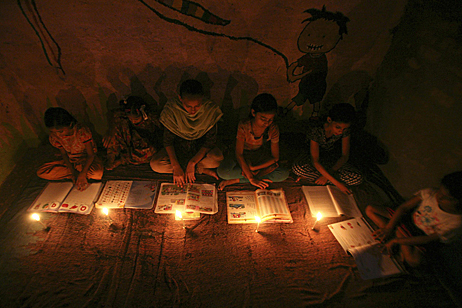By International Energy Agency-IEA
In light of the extraordinary impact of the Covid-19 pandemic and resulting lockdown measures on the energy system, the IEA published the electricity data. This report includes data through the end of 2020.
In India, the recovery of electricity demand was confirmed with higher levels than in 2019 starting in early August. In September 2020, electricity demand, weather corrected, was 3.4% above September 2019 in average, driven by higher demand in industrial and commercial sectors, as well as higher demand for irrigation compared to 2019. In October 2020, the relaxing of restrictions and a stronger economic environment led to electricity demand (weather corrected) more than 10% above October 2019 levels, in line with pre Covid-19 trends.
By mid- to end-November, the upward trend inverted again and returned to last year levels due to the Diwali festival (taking place a fortnight later in 2020 than 2019) and strikes in the agriculture sector. The upward trend resumed in December, with year end reaching above 8% compared to previous year.
Share of renewables in the electricity generation
In India, the gap between coal and renewables significantly narrowed after the first lockdown measures were taken, with renewables reaching just over 30% in mid-August. Starting end-August the gap started to widen again, following seasonal trend. By the end of November, the share of renewables in the electricity mix was just below 20%, in line with start of the year pre-Covid19 levels. Since late May 2020, levels of electricity demand have recovered. Starting late July 2020, electricity generation was higher than in 2019 for the first time since the beginning of lockdown, maintaining this trend for four consecutive weeks.
However, in the last two weeks of August, the trend inverted with lower generation levels than those observed in 2019, driven by lower demand. In September and October, electricity generation was back on its growing path. By mid- to end-November, the upward trend inverted again and returned to 2018 levels due lower demand associated with a combination of seasonal (e.g. Diwali holidays) and episodic (agricultural strikes) factors. The upward trend resumed in December.
In China under confinement, as electricity demand decreased, a large reduction of coal-fired power generation occurred. With progressive release of lockdown measures starting in the second half of March, the coal share recovered slightly, while renewables maintained a high share in the mix. In June and July, with growing hydro electricity generation in the Chinese mix due to new capacities and heavy rains, the share of renewables increased further. Throughout the autumn, the trends of coal and renewables generation adapted to the availability of hydro. In November, with decreasing hydro electricity generation due to seasonal constraints and stronger demand, coal picked up again.
The share of renewables in the electricity generation mix quickly increased with lockdown measures. In late 2020 the generation mix mainly reflects usual seasonal patterns.








